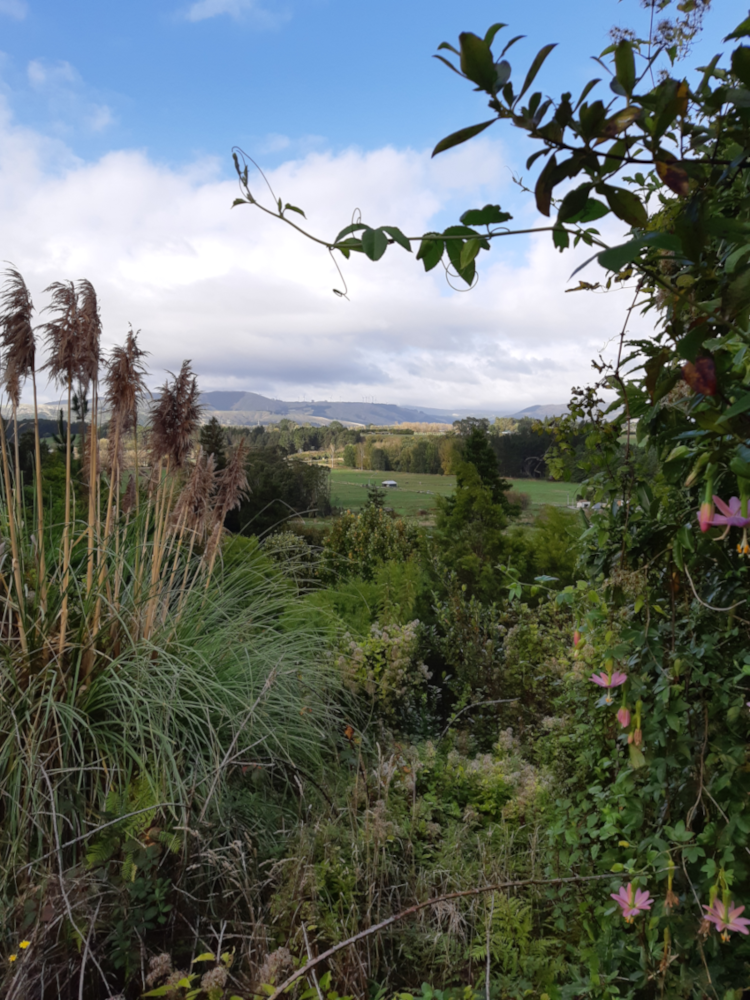
‘Life is Diverse’ is Part Five of our ‘Life’ Series
In this post, Life is Diverse, we continue our series on “Life” and our discussion of the ideas in Andy Pross‘s recent book, “What is Life?”.
While non-living diversity in the Universe is arbitrary, living diversity appears to be deliberate and coherent.
But the macroscopic diversity that we see around us is just the tip of the diversity iceberg.
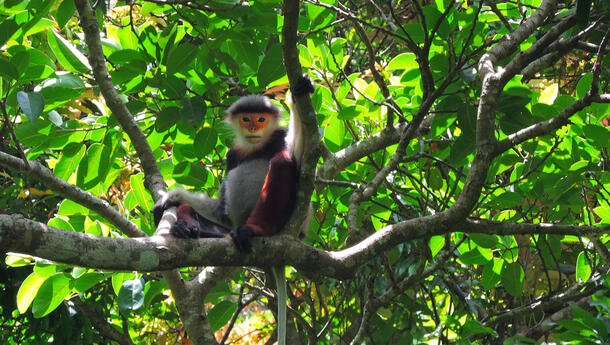
The largely invisible microbial world is where the concept of diversity takes on new meaning. Microbes are effectively everywhere!
Microbial Genomes
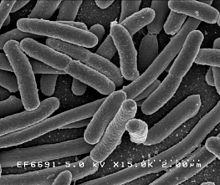
Addy Pross states on pages 23 and 24 of his book: “by some estimates the number of bacterial species in a gram of soil could be in the order of a million and a common estimate of the number of all bacterial species on Earth range between 10 million and 10 billion.” (He emphasizes that he is referring to the number of species, not the number of individual bacteria).
Pross explains that the specialist biologists that study these matters, microbial genomicists, have begun to think in terms of ‘species genomes‘ that possess a common core of shared genes. Apparently individual genomes are too diverse to allow meaningful characterization. Pross says: “What is clear and beyond dispute is that the diversity in the microbial world is one of staggering proportions.”
Life is indeed diverse!
Divergence and Selection
Divergence means that many are derived from few.
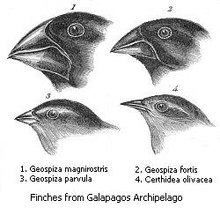
Selection, on the other hand, (of any kind, natural or otherwise) means that many are reduced to few.
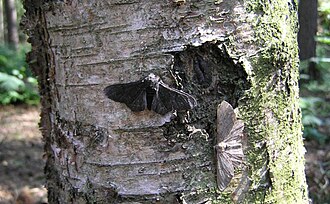
Pross argues that: “Divergence and selection are inherently contradictory”.
However, Pross says in his book that the source of life’s diversity begins with reproductive variation, but the detailed manner in which that variation leads to speciation and diversity remains controversial. (See Modes of Speciation).
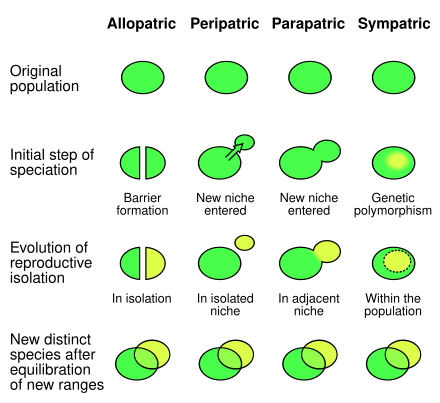
Terraforming Non-life Planets
On the subject of terraforming an earth-like exoplanet, where would the terraform engineers begin in terms of introducing life into the new environment in order to create a new biosphere on the planet?
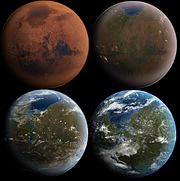
The Wikipedia article reference above states: “Once conditions become more suitable for life of the introduced species, the importation of microbial life could begin.[13] As conditions approach that of Earth, plant life could also be brought in. This would accelerate the production of oxygen, which theoretically would make the planet eventually able to support animal life.”
Life is diverse on Earth, how diverse would life on the new planet need to be for the biosphere to be stable and habitable?
How would they decide which species should be introduced into the planet’s new biosphere?
Which microbes, out of potentially billions of species, should they include?
These are not idle questions. The survival and success of larger, macro, desired introduced life forms may depend upon the correct choice of the microbes that are introduced. Microbes are needed because all macro lifeforms need certain bacterium in order to live. The macro creatures live in necessary symbiosis with the microbial world. Introduced macro life forms may include: molds, fungi, plants, insects, and animals, including humans, An unfortunate selection of, or failure to select, certain microbes, and indeed macro lifeforms, might lead to disastrous consequences for the chosen macro species. Terraforming, should we ever attempt it, would not be a simple matter.
Compatibility with Earth’s Biosphere
Assuming there would be coming and going of people between Earth and the new terraformed exoplanet, how would the terraform engineers ensure ongoing compatibility of the two biospheres?
Life is diverse. As we know on Earth, the contents of a biosphere is continually evolving, with diversity and natural selection. How would the two biospheres be protected from each other as and when the collective diversity of genomes of the species of each biosphere diverge from each other? This is especially relevant when considering the inevitable divergence through time of the two groups of species of microbes,
(Post created: 03/04/2025)